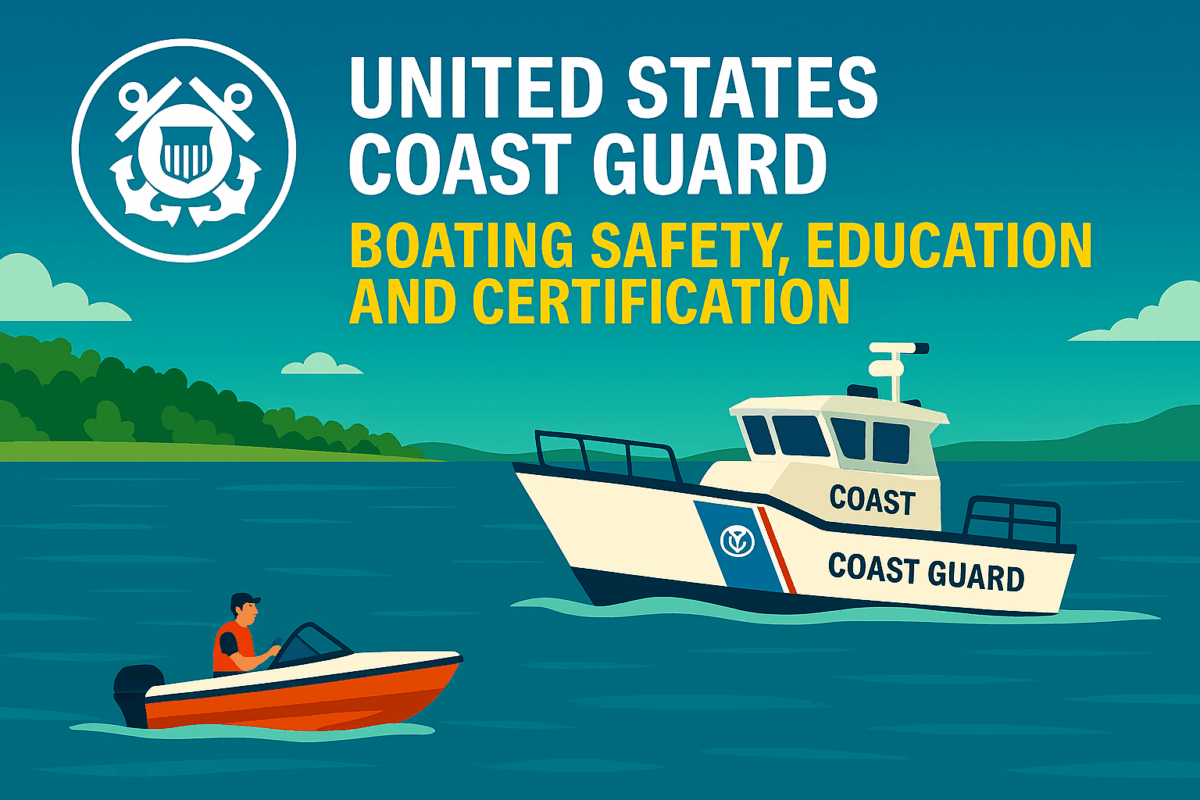Call: 1-800-832-7191

USCG Vessel Safety Check Manual
What the USCG Vessel Safety Check Manual Covers
USCG Vessel Safety Check Manual provides detailed guidance for conducting safety checks on recreational and commercial vessels. The manual outlines inspection procedures, required equipment, and documentation standards. Because safety is critical on the water, this manual helps ensure vessels meet Coast Guard expectations.
The manual supports both Coast Guard personnel and vessel operators. It promotes consistent inspections and encourages voluntary compliance with federal safety regulations.
Key Components of the Safety Check
The manual includes checklists for life jackets, fire extinguishers, visual distress signals, and sound-producing devices. Operators must also verify navigation lights, ventilation systems, and backfire flame arrestors. Because emergencies can happen anytime, these items must remain functional and accessible.uscg
Additionally, the manual outlines procedures for checking registration, documentation, and display of vessel numbers. Inspectors confirm that vessels carry updated paperwork and meet labeling requirements. These checks help prevent fines and improve accountability.
The manual also emphasizes pollution prevention. It includes guidance on oil discharge, waste management, and fuel system integrity.uscg
Why the USCG Vessel Safety Check Manual Matters
USCG Vessel Safety Check Manual improves safety awareness and reduces risk. It helps boaters identify and correct deficiencies before they become hazards. Because the manual follows federal standards, it ensures consistency across inspections.uscg
The manual also supports the Coast Guard Auxiliary’s Vessel Safety Check (VSC) program. Trained volunteers use it to conduct free safety checks for recreational boaters. These checks are educational, not punitive, and help boaters prepare for official inspections.
Moreover, the manual encourages proactive maintenance. Operators who follow its guidance reduce the likelihood of breakdowns or accidents. This builds confidence and promotes responsible boating.
Using the Manual for Safer Boating
Boaters should review the manual before each season. Regular checks ensure equipment remains in good condition. Because conditions change, updating safety gear is essential.
The manual is available online through the Coast Guard’s official website. Digital access allows quick reference during inspections or training. Operators can also print checklists for onboard use.
In addition, the manual supports training programs for new boaters. Instructors use it to teach safety standards and inspection procedures. This helps build a culture of safety from the start.
